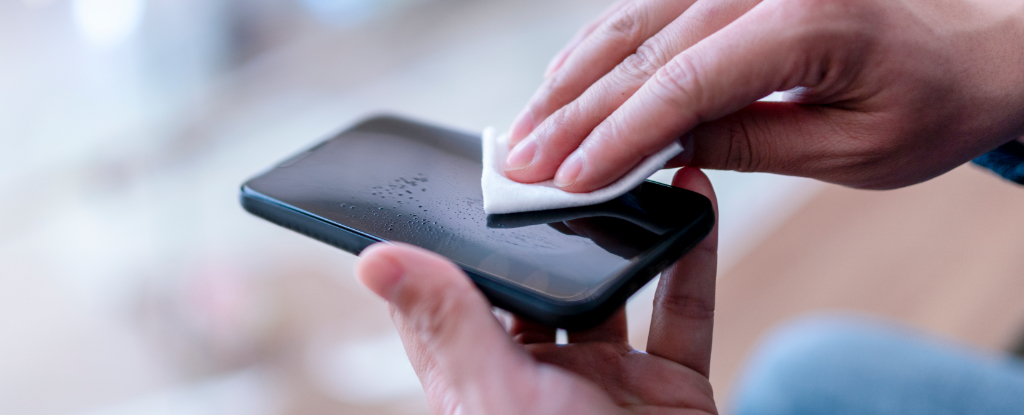Smartphones, essential in our daily lives, are often overlooked when it comes to cleanliness. While we diligently wash our hands and sanitize public surfaces, many individuals neglect to clean their phones, which are frequently contaminated with various germs. According to recent health guidelines, it is vital to establish a regular cleaning routine to mitigate potential health risks associated with these devices.
Understanding the Contamination
Mobile phones are exposed to countless surfaces and environments, making them hotspots for bacteria and viruses. Studies show that swabbing mobile devices can reveal hundreds of microbial species. While not all of these microorganisms are harmful, the risk of transmission remains significant, especially as phones are often used in settings like bathrooms and during meals. Unlike hands, which can be washed multiple times a day, phones typically receive little attention in terms of cleaning.
Research indicates that smartphones can harbor a range of pathogens, underscoring the importance of regular sanitation. Meena Jha, Head of the Technology and Pedagogy Cluster at CQUniversity Australia, emphasizes that effective cleaning methods are essential to maintaining both hygiene and device integrity.
Choosing the Right Cleaning Products
Cleaning a smartphone requires careful consideration of the products used, as many common household cleaners can damage the device. Major manufacturers, including Apple and Samsung, advise against using bleach, hydrogen peroxide, vinegar, aerosol sprays, and high-concentration alcohol wipes (greater than 70%). These substances can strip the oleophobic coating, which helps prevent fingerprints and smudges, and may lead to reduced touch sensitivity.
For effective cleaning, both companies recommend using wipes containing 70% isopropyl alcohol along with soft microfiber cloths. Additionally, anti-static brushes made from nylon or horsehair are suitable for delicate areas like speaker grills and charging ports. Notably, during the COVID pandemic, Apple updated its guidelines to allow the use of Clorox disinfecting wipes on iPhones, provided caution is taken to avoid damaging the screen coatings.
To ensure safety while cleaning, it is crucial to avoid spraying liquids directly onto the phone. Moisture can seep into ports, potentially causing short circuits or other damage. Furthermore, submerging phones in cleaning solutions, even those marketed as water-resistant, poses risks as seals can deteriorate over time.
Establishing a Cleaning Routine
Determining how often to clean a smartphone can depend on individual usage and environment. For most users, a thorough cleaning at least once a week is advisable. However, those frequently in high-risk areas—such as public transport, hospitals, or gyms—should consider more regular sanitation.
Proper cleaning can be simple, affordable, and quick. By adhering to manufacturer guidelines, users can maintain both hygiene and the longevity of their devices. Jha highlights that while it may seem insignificant, regularly cleaning a device that is touched numerous times a day is a practical step towards better health.
In conclusion, as smartphones continue to be integral to everyday life, understanding how to clean them properly is essential. The right cleaning techniques not only enhance hygiene but also protect the device from potential damage. By taking these steps, users can ensure their phones remain as safe and functional as possible.





























































